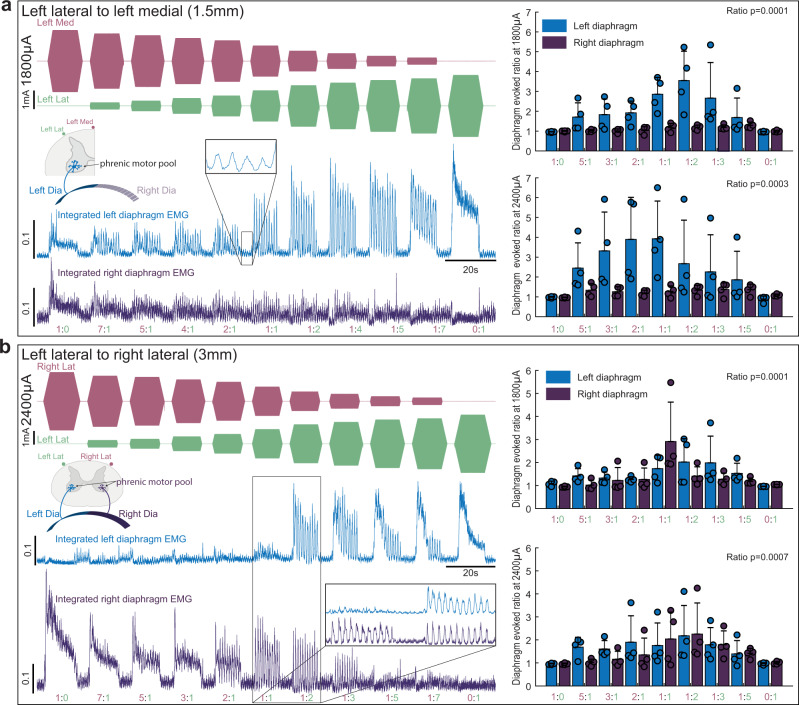Fig. 4. Current steering during epidural TI stimulation.
Using diaphragm EMG as the outcome measure, the steerability of the TI focal point was examined by varying the ratio of the two stimulus currents using two inter-electrode distance. Stimulating electrodes were placed on the left side of the spinal cord (a, 1.5 mm apart) or spanning the dorsal surface (b; 3 mm apart). The left side of panel a shows an example of rectified and integrated diaphragm activity when TI was delivered with lateral electrode placement and a current sum of 1800 µA. In this example it can be appreciated that varying the TI current ratio dramatically alters the magnitude of phasic diaphragm activation, and tonic diaphragm activation occurs at current ratios of 1:0 and 0:1. The mean data (right panels) show a statistical effect of current ratio at currents sums of 1800 µA (Friedman’s two-way ANOVA controlling for diaphragm side effect of current ratio Chi-squared(8) = 33, p < 0.0001) and 2400 µA (Friedman’s two-way ANOVA controlling for diaphragm side effect of current ratio Chi-squared(8) = 23.96, p = 0.0023). The left side of panel b shows an example of diaphragm activity evoked by stimulating the spinal cord using an inter-electrode distance of 3 mm and a current sum of 2400 µA. In this example, TI stimulation induced a robust bilateral and phasic diaphragm EMG activation at a current ratio of 1:2. The mean data show an effect of current ratio at sum current of 1800 µA (Friedman’s two-way ANOVA controlling for diaphragm side effect of current ratio Chi-squared(8) = 29.33, p = 0.00003) and at 2400 µA (Chi-squared(8) = 26.99, p = 0.00007). Note we lowered inspired CO2 to reduce endogenous diaphragm activity during these trials, small bursts are still present (inset panel a), but at much lower amplitude than the TI-evoked bursts (n = 4 animals).

